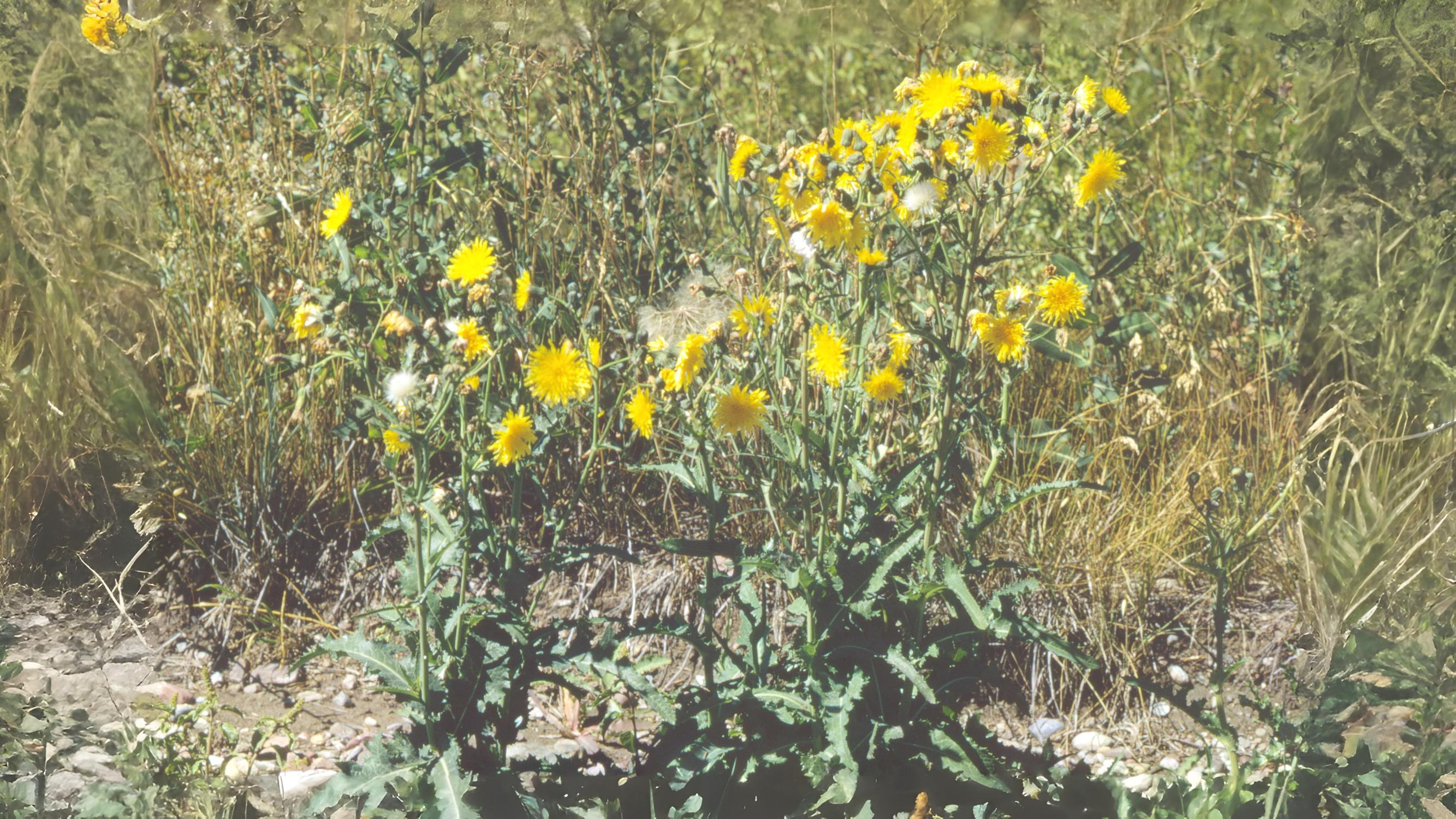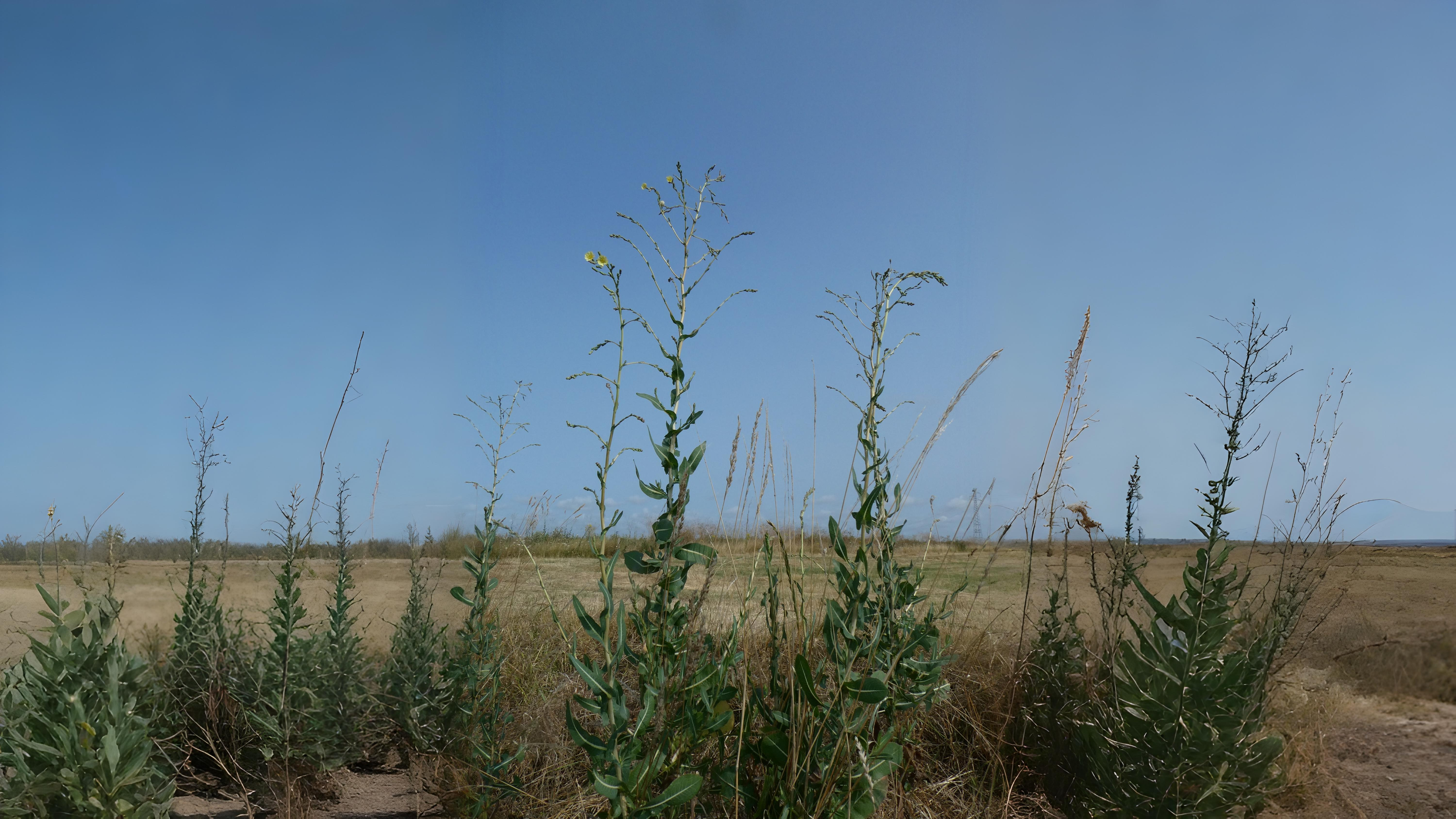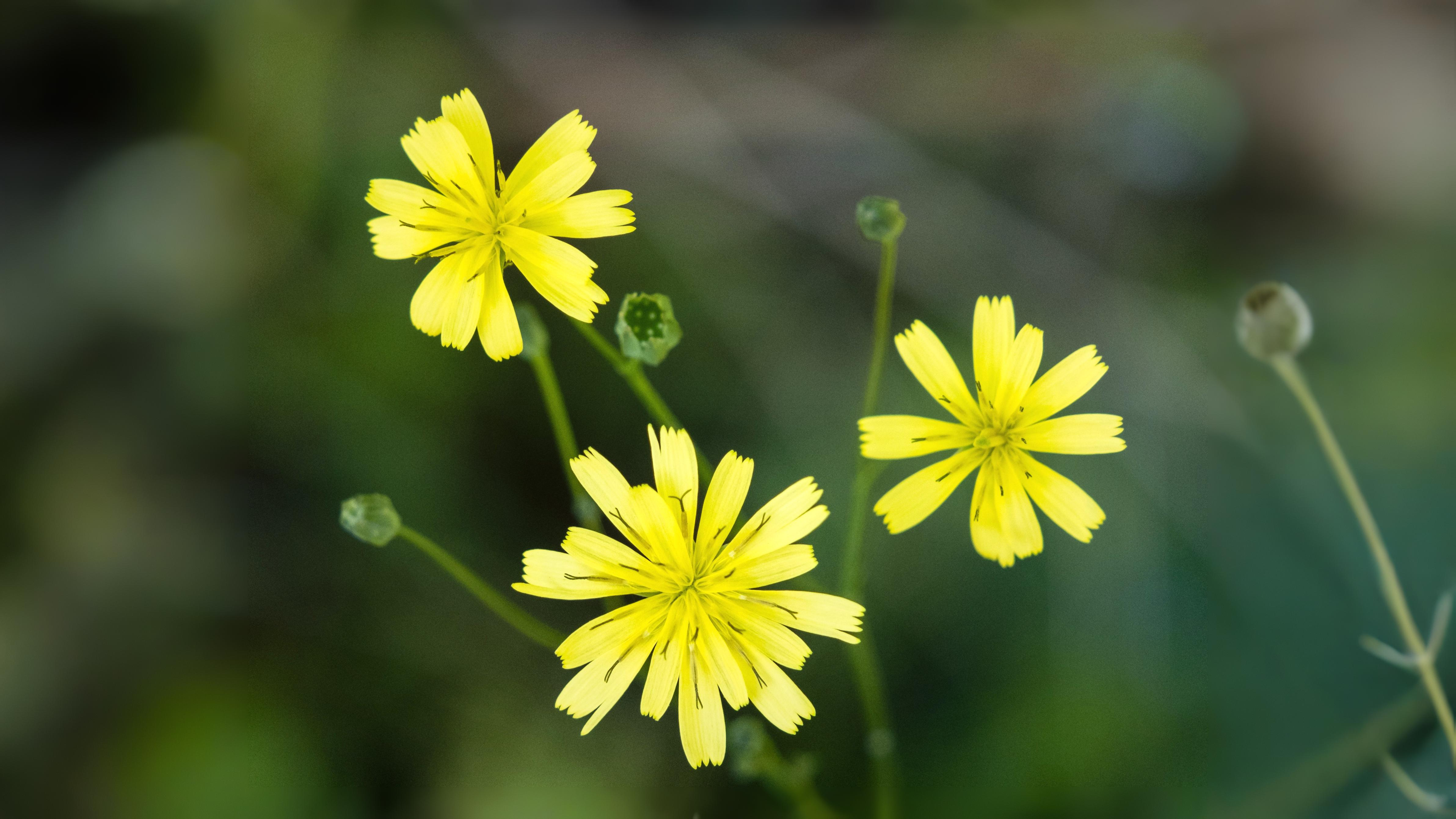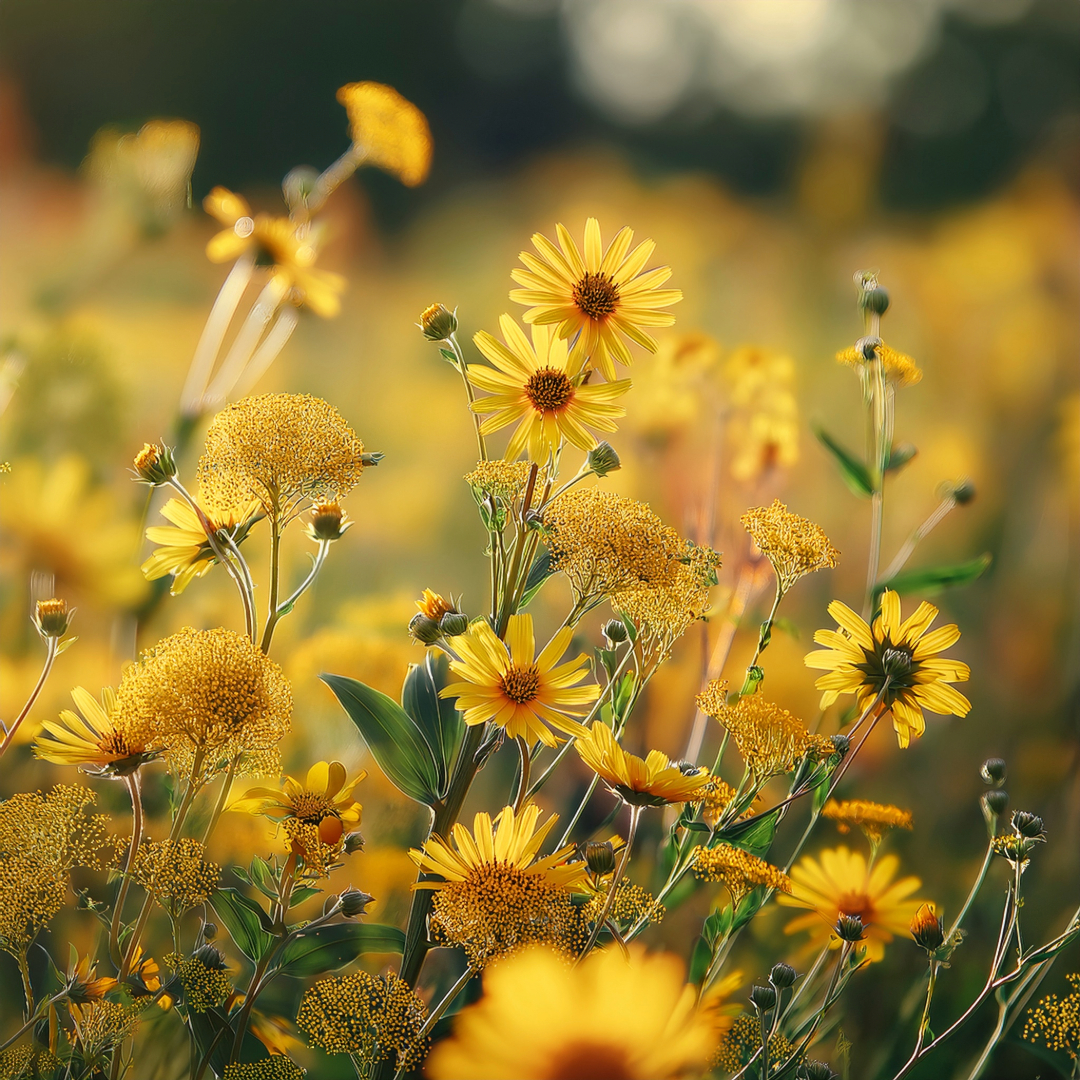
Return on 07 July to crack the code of London’s most deceptive wildflowers!
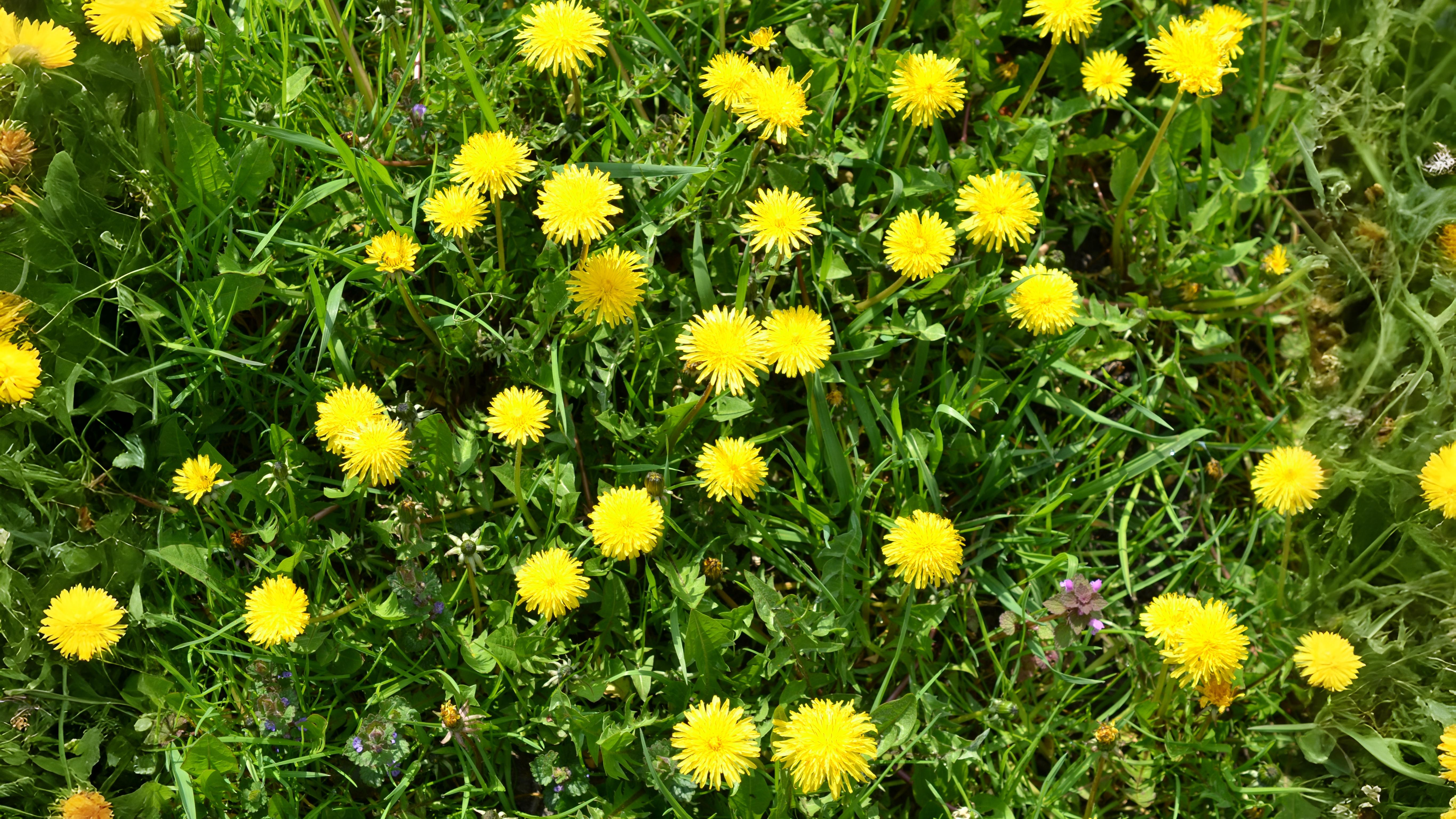

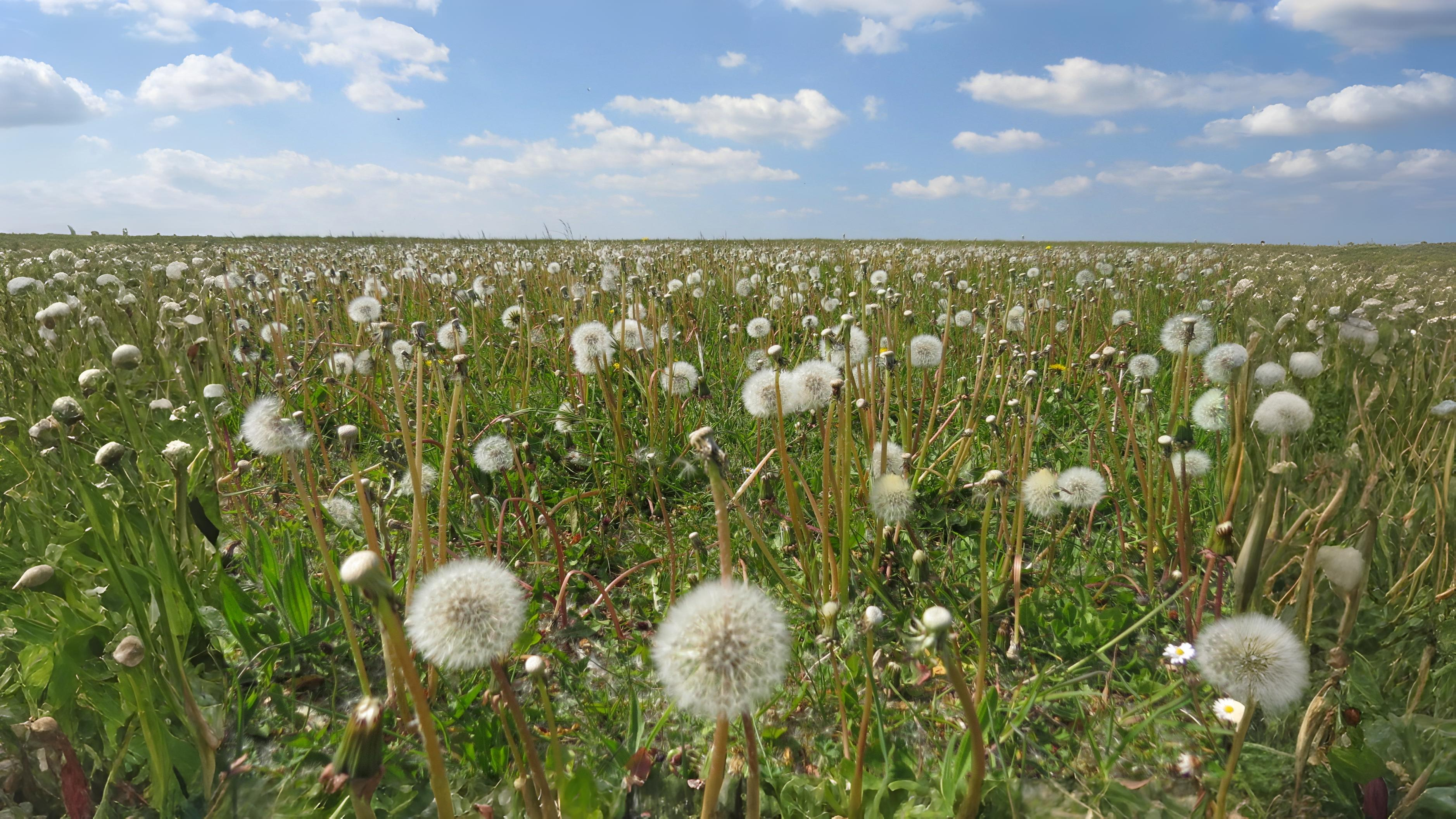



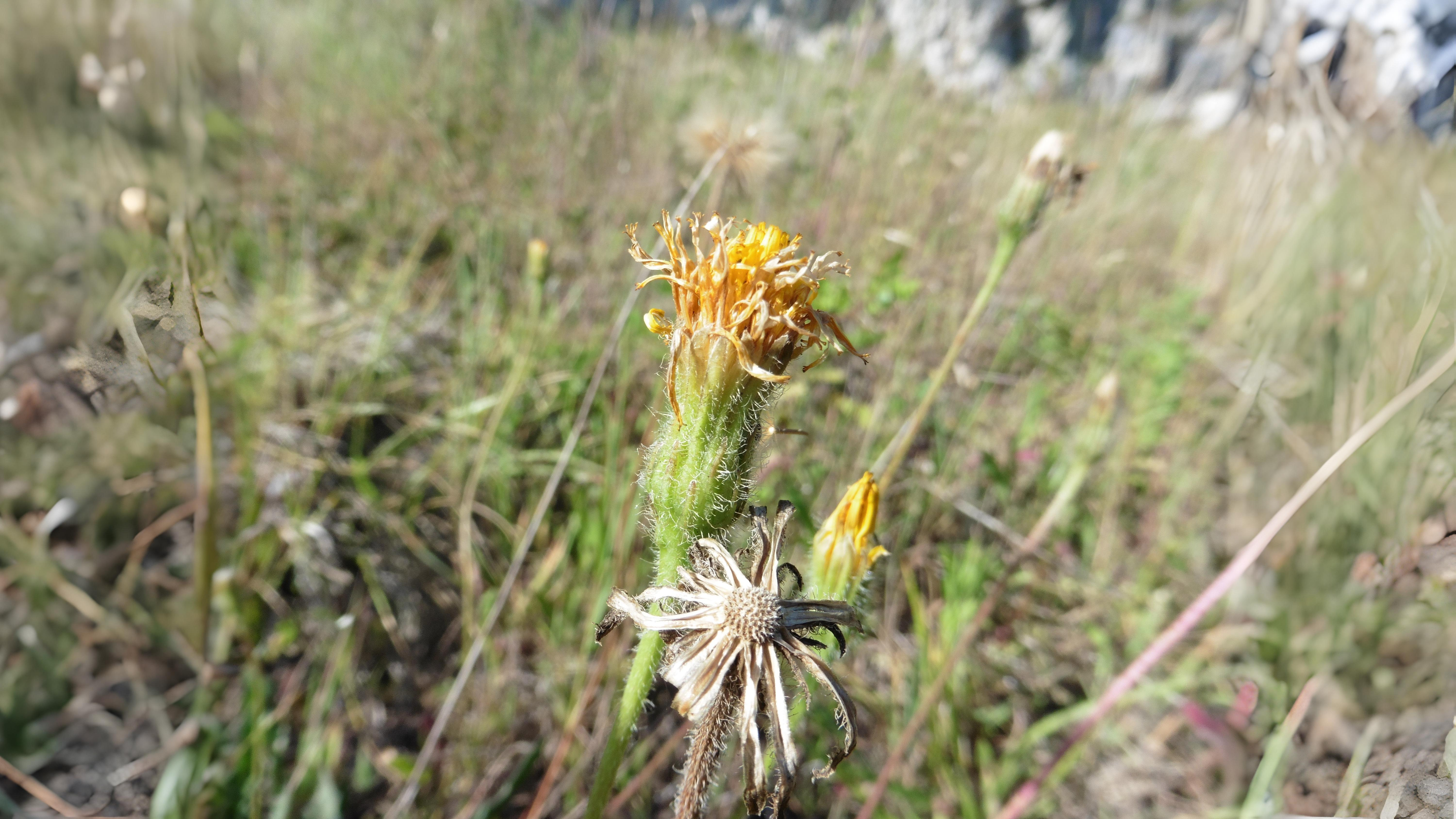



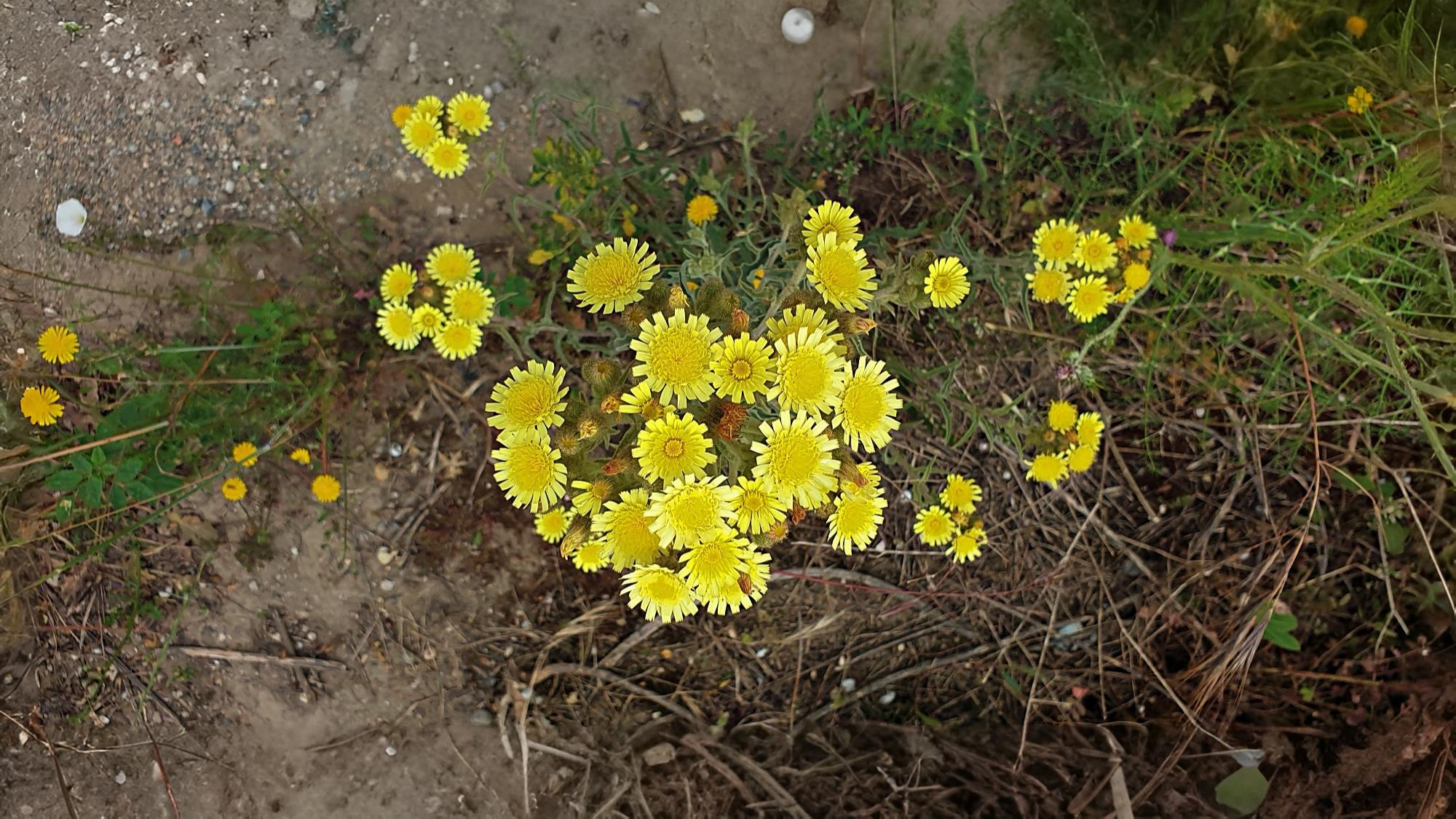

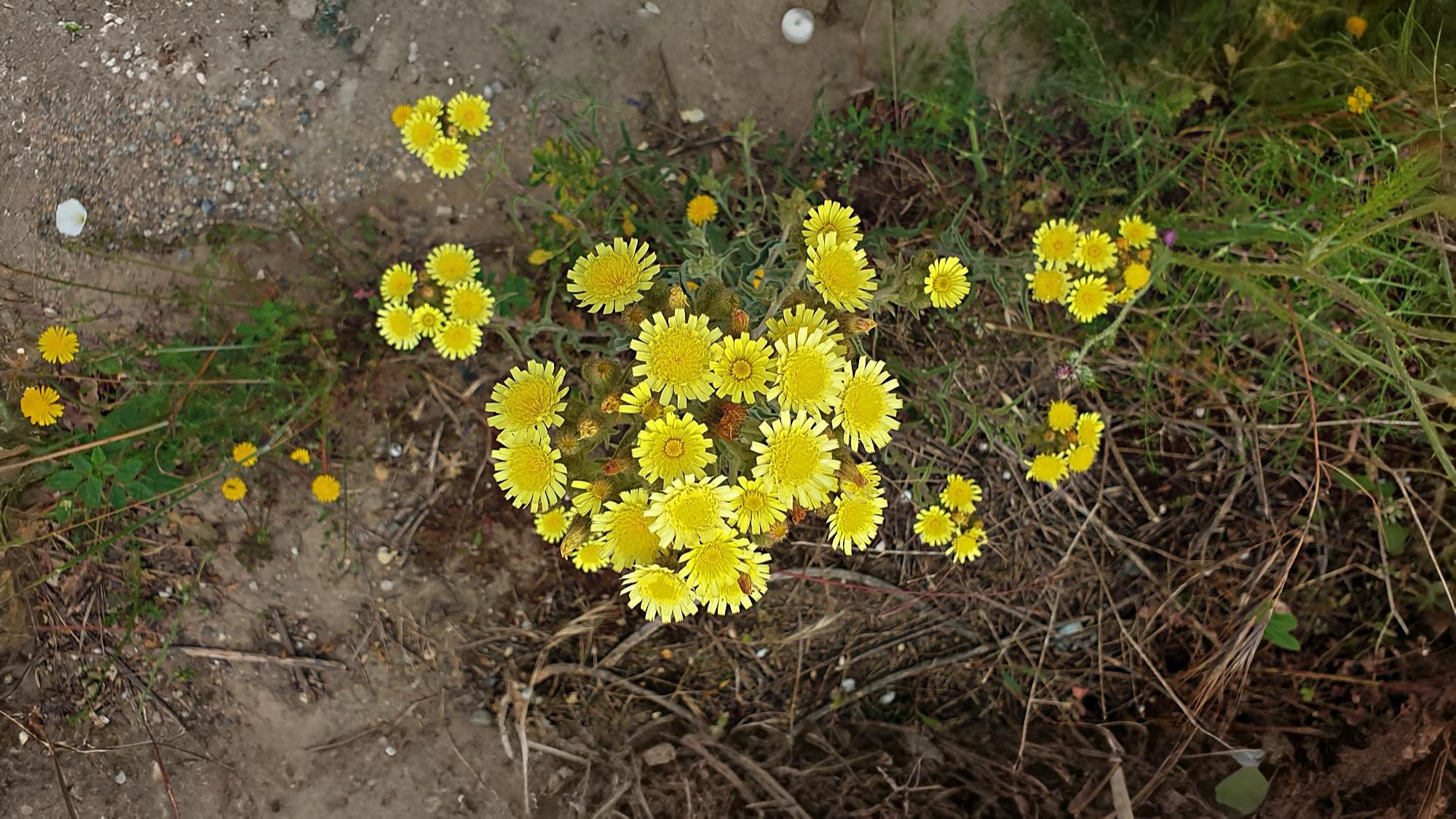



The largest of all these composites more often than not tend to be the sowthistles which can reach two metres in height. Among the more common species, beaked hawksbeard and rough hawksbeard are close behind. Other species tend to be much smaller. If all this was not confusing enough, there are still the lettuces. Great lettuce Lactuca virosa has purple stems unlike the red stems of a number of other composites.
